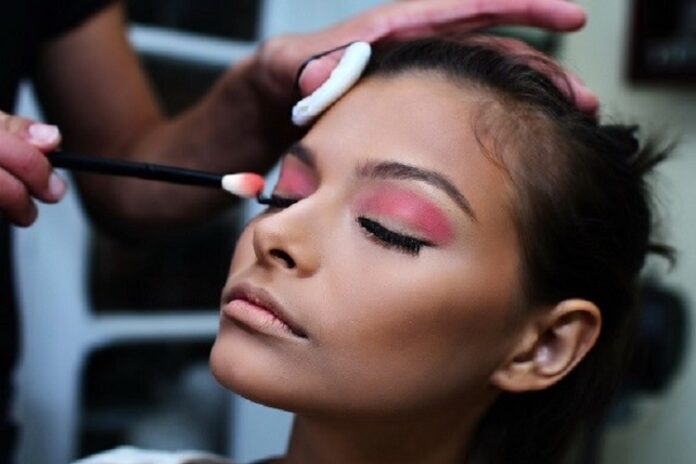Makeup artists are artists. The greats work with color theory, blending, shading, highlighting, etc. When makeup artists have trained themselves as true, traditional artists do, their work is phenomenal. It’s what separates the okays from the greats. After all, it’s one thing to be a great makeup artist on yourself. Being a great makeup artist for every client is a massively different thing. One of the key skills that will make a massive difference in your career is understanding what’s known as color theory.
If you can mix shades into the exact color you want, then you’ll be leagues ahead of many other makeup artists. The sad fact is that foundation (in particular) is extremely limited. There’s a good chance that your client just does not have a shade match – especially if they have darker or olive-toned skin.
That’s why you must know how to mix your foundation on the fly.
Table of Contents
Why You Should Start Mixing Your Foundation
When you mix your foundation, you are in command of your base layer. This is essential for all looks, from glam to wedding to, yes, special effects. If you can match the tone of your model to the prosthetic, it will blend in like it’s meant to be there. You’ll immediately get so much more out of your special effects makeup supplies if you can accurately tone-match and blend those pieces into the skin.
Understanding color theory and mixing your foundation also means you can add to any look, either for beauty or dramatic effect. Say you’re creating a look for a character that’s just gone through a bar fight. Not only do you need to match those fake cuts to their skin, but you then need to adjust the shades to make it look fresh, bruised, and raw.
Study Different Skin Types
To get amazing results by mixing your foundation, you also need to know what shades work with each skin tone. Take that bar fight look, for example. The shades you would use on someone with pale skin will be very different from someone with dark skin. Know how each skin type bruises, bleeds, and so on. There are countless special effects MUA resources out there, and, barring that, you can always search online. Studying how the skin reacts and heals over time for all skin types will help you blend those prosthetics and get the right skin color for that specific healing stage.
Practice, Practice, Practice
One of the most important skills for any MUA is consistency. This is true for wedding looks, where you may put together a look during a tester session, and the bride expects the same look recreated on her big day. It’s especially true for those working on shoots, in tv, and in film. Looks need to be recreated and consistent so that there are no continuity errors, which means you need to not just take a photo for reference, but you need to get the colors exact as well. If you can, match not just the foundation, but any color by mixing it, then you’ll be a goldmine for the entertainment industry.




